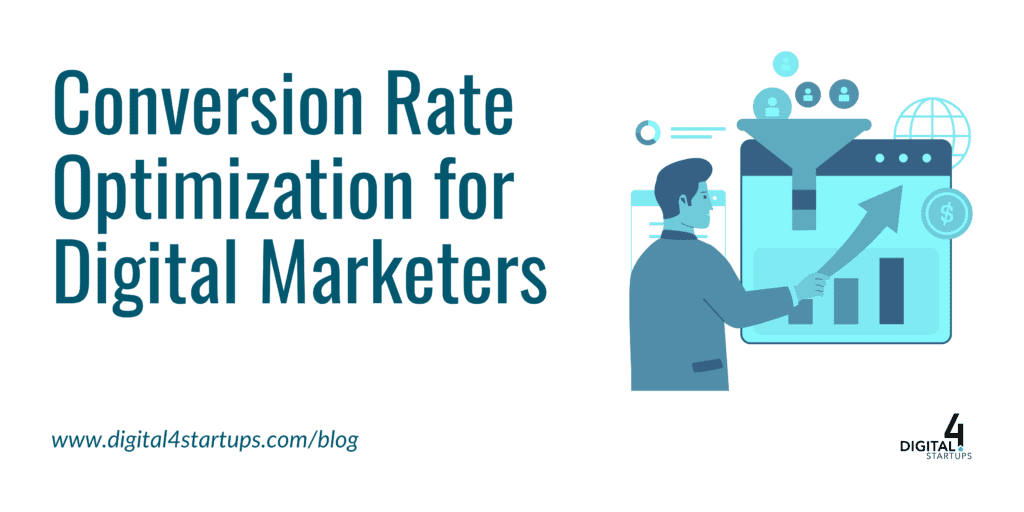
CVR, an abbreviation of Conversion Rate Optimization, refers to the digital marketing technique of optimizing landing pages and entire websites to improve return on investment (ROI).
There are a number of different techniques to improve a website’s conversion rate, for example:
- Adding or removing CTA buttons
- Changing CTA callout text
- Reorganizing HTML elements above the fold
- Adding or removing videos
- Changing a website’s internal linking structure
The technique used will depend on the site’s conversion funnel, industry, CMS or desired outcome.
A conversion rate’s success depends on the KPI determined by the business owner and/or marketing expert. Example KPIs include number of times a form is filled out, number of newsletter subscriptions, adding an item to a shopping cart or time spent on page.
Applying the CVR Definition
CVR is as much an art as a science. While proper conversion rate optimization reporting does require advanced mathematical reasoning and basic knowledge of statistics, the path to optimizing a website’s conversion funnel depends heavily on a marketer’s experience and intuition.
The best practice for beginners to CVR is to rely on data to create testable hypothesis. Data can be pulled from a CRM, Google Analytics or an internal database.
Third party tools such as HotJar and Lucky Orange are especially important for conversion rate optimization, since they include heat maps and visitor recordings. This data gives you the clearest insight into the way customers interact with your website.
Once you have determined the change you want to make and the KPI improvement you think it will cause, it is time to test your hypothesis. Run an A/B test by randomly sending some users to the old version of a page and some to a new version.
Your developers or different marketing tools (Optimizely and Unbounce are great and do not require coding knowledge) can help you with the technical side of things while you focus on gathering and analyzing data.
After gathering data for a statistically significant amount of time (anywhere from 14 to 30 days, depending on the amount of traffic your website draws), analyze your data, determine the results, and continue testing to further improve CVR.
CVR & Digital Marketing
Now you understand the basics of conversion rate optimization for digital marketers. At this point, you’re ready to go and experiment with improving KPIs using the CVR method. Make sure to check back on the Digital4Startups blog for more in-depth articles on the nuances of conversion rate optimization methodology.

